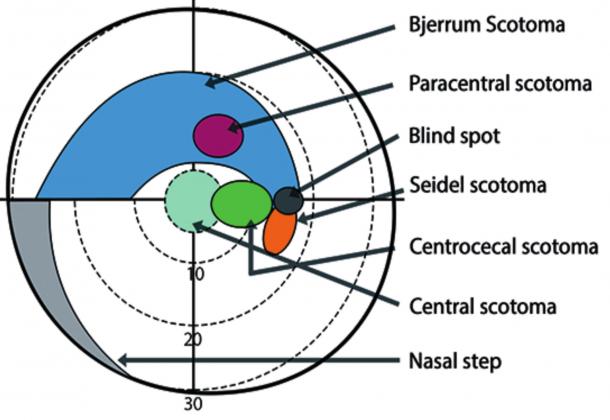The facts about glaucoma
When one’s vision is compromised, his or her whole life can change in the blink of an eye. Many conditions can affect a person’s vision, and one of the more common is glaucoma, a leading cause of blindness across the globe.
The global impact of glaucoma is significant. The World Health Organization estimates that 4.5 million people are blind due to glaucoma. In addition, the International Agency for the Prevention of Blindness notes that some estimates have suggested that there will be approximately 80 million people with glaucoma by 2020. If such estimates prove true, that would mean an additional 20 million cases of glaucoma were diagnosed between 2010 and 2020. Vision loss is often
associated with glaucoma. However, the National Eye Institute notes that early detection and treatment can protect the eyes against serious vision loss. That makes it imperative that individuals from all walks of life learn about glaucoma, its risk factors and how to recognize it.
What is glaucoma?
Glaucoma is a term used to describe a group of diseases that damage the eye’s optic nerve. When such damage occurs, vision loss and even blindness can result.
What is the optic nerve and why does it matter?
The NEI notes that the optic nerve is a bundle of more than one million nerve fibers that connects the retina to the brain. The retina is the lightsensitive tissue at the back of the eye that contains cells which are sensitive to light. These cells trigger nerve impulses that pass via the optic nerve to the brain, where visual images are then formed. Because its role is so significant, the optic nerve must be healthy for good vision.
What are the most common types of glaucoma?
According to the IAPB, primary open angle glaucoma, or POAG, and primary angle closure glaucoma, or PACG, are the most common types of the condition. POAG is most common in white Caucasians and black individuals of African origin, while PACG, which is associated with a greater risk of blindness than POAG, is most common in people from southeast Asia.
The Glaucoma Research Foundation says that POAG develops slowly and is the most common form of glaucoma and is caused by the slow clogging of the drainage canals that produces increased pressure on the eye. PACG, which the GRF notes is quick to develop, results when the drainage canals are blocked, resulting in a sudden rise in intraocular pressure.
What are the symptoms of glaucoma?
Because POAG develops slowly, its symptoms often go unnoticed. Symptoms of PACG, however, are often very noticeable and may include severe and sudden eye pain; blurred vision; bright halos appearing around objects; eye redness, tenderness, and hardness; and nausea and vomiting.
Can glaucoma be treated?
While there is no cure for glaucoma and vision lost to it cannot be restored, the NEI notes that treatment for early-stage POAG can effectively delay progression of the disease.
More information about glaucoma is available at www.nei. nih.gov.

